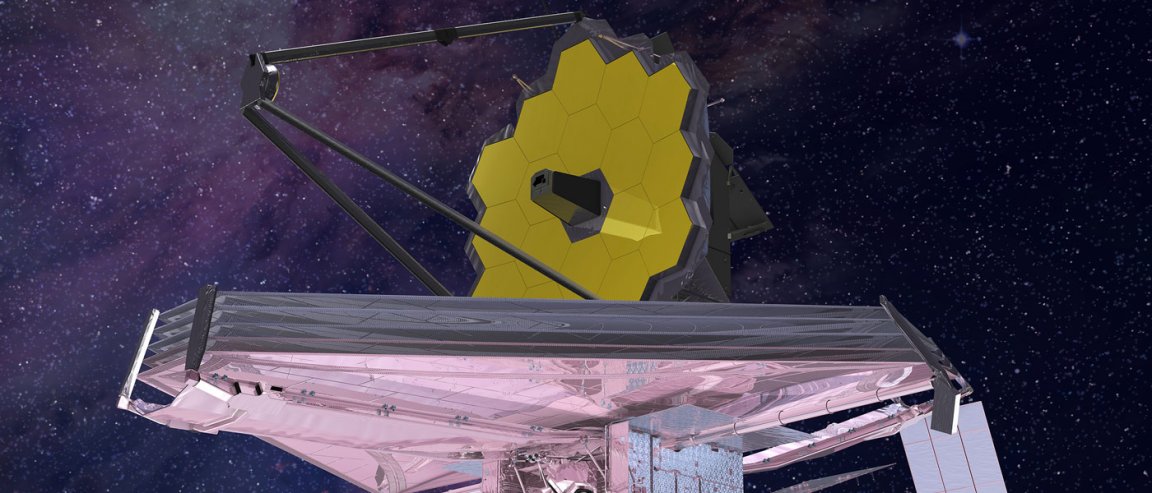
Spotlights at Shadows
There’s a lot of buzz about NASA’s new James Webb Space Telescope (JWST). And it’s justified: The probe is expected to be the next next-gen Hubble. In fact, it will have imaging nearly 100 times more powerful than the famous telescope. The JWST will peer back into the cosmos farther than any telescope that came before.
All of the amazing discoveries made during the age of Hubble could be blown away by the JWST. And it could shed light on one of the enigmas of astronomy right now: The mysterious Planet 9.

In an interview with Forbes, Stefanie Milam, JWST deputy project scientist for planetary science at NASA Goddard Space Flight Center revealed one of the possible purposes of JWST. “If a new planet is found, JWST will be able to fully characterize it…Planet 9 is predicted to be fairly large but far, so most ground based facilities [would] barely be able to detect it.” says Milam.
Moreover, JWST could even detect possible compounds like carbon dioxide in the putative planet’s tenuous, icy atmosphere. That’s how powerful the JWST is.
A Second Look
While astronomy enthusiasts are enamored with looking at different unseen places in the Universe, trying to find Earth-like planets or new supermassive black holes, JWTS will start out focusing on things we’ve already looked at. This includes imaging the planets of the Solar System.
After its October 2018 launch, JWST will be providing near and mid-infrared observations at least until the end of the next decade. Its observing forte will include monitoring the solar system’s planets and moons, their atmospheres, and surface geology. And it will be looking in ways that can’t be achieved from the ground or with current or near-term space missions.